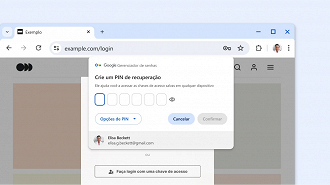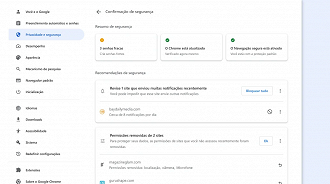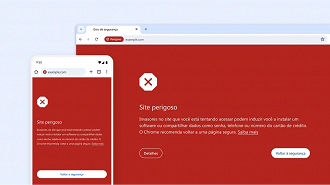October is recognized as Cybersecurity Awareness Month, and Google Chrome has introduced several updates to enhance security and privacy for its users. One notable update is the synchronization of access keys between desktop and mobile devices.
Access keys currently in sync

Improved password management in Google now automatically syncs access keys across devices, enhancing security with options like facial recognition and fingerprint or screen lock for easy and secure logins to apps and websites.
This update offers the option to secure access keys on various devices using the screen lock or a PIN on your Android device without sacrificing security. The default choice is a six-digit PIN, but users can modify this for enhanced security.
- Start by creating access keys.
Enhanced security confirmation is now more proactive.

Security Confirmation has been enhanced with new features, such as automatically revoking unused site permissions to reduce monitoring of online activity.
Another useful feature is the automatic removal of subscriptions to unwanted notifications, which is becoming a common issue for individuals overwhelmed by pop-ups and irritating messages. The Security Confirmation feature also detects and warns about potentially harmful extensions, assisting in preventing risks proactively.
Protection in real-time against phishing and malware

Chrome’s latest feature functions like an antivirus, providing improved defense against phishing and malware through artificial intelligence. It operates in real time to detect potential threats from malicious extensions, websites, and files, delivering quicker and more precise warnings.
How can it be activated?
To enable this security feature, simply navigate to the Chrome menu, click on “Settings”, then choose “Privacy and security” followed by “Security”, and finally opt for Reinforced Protection under the Safe Browsing section.

